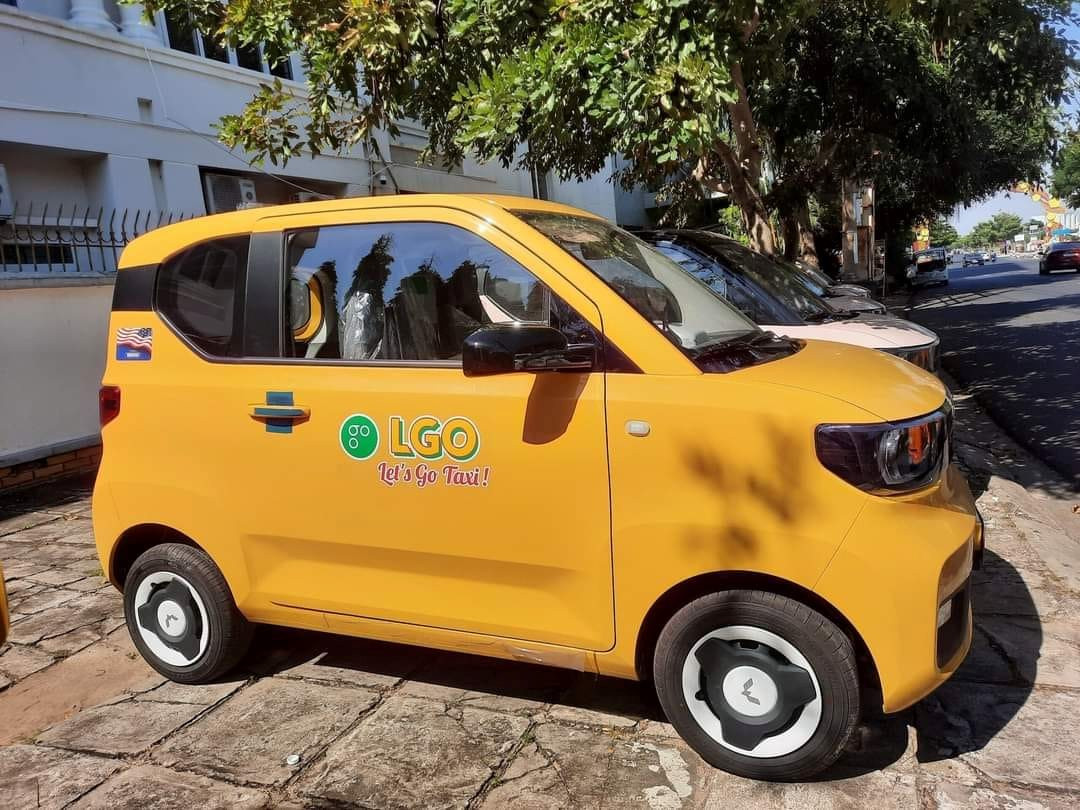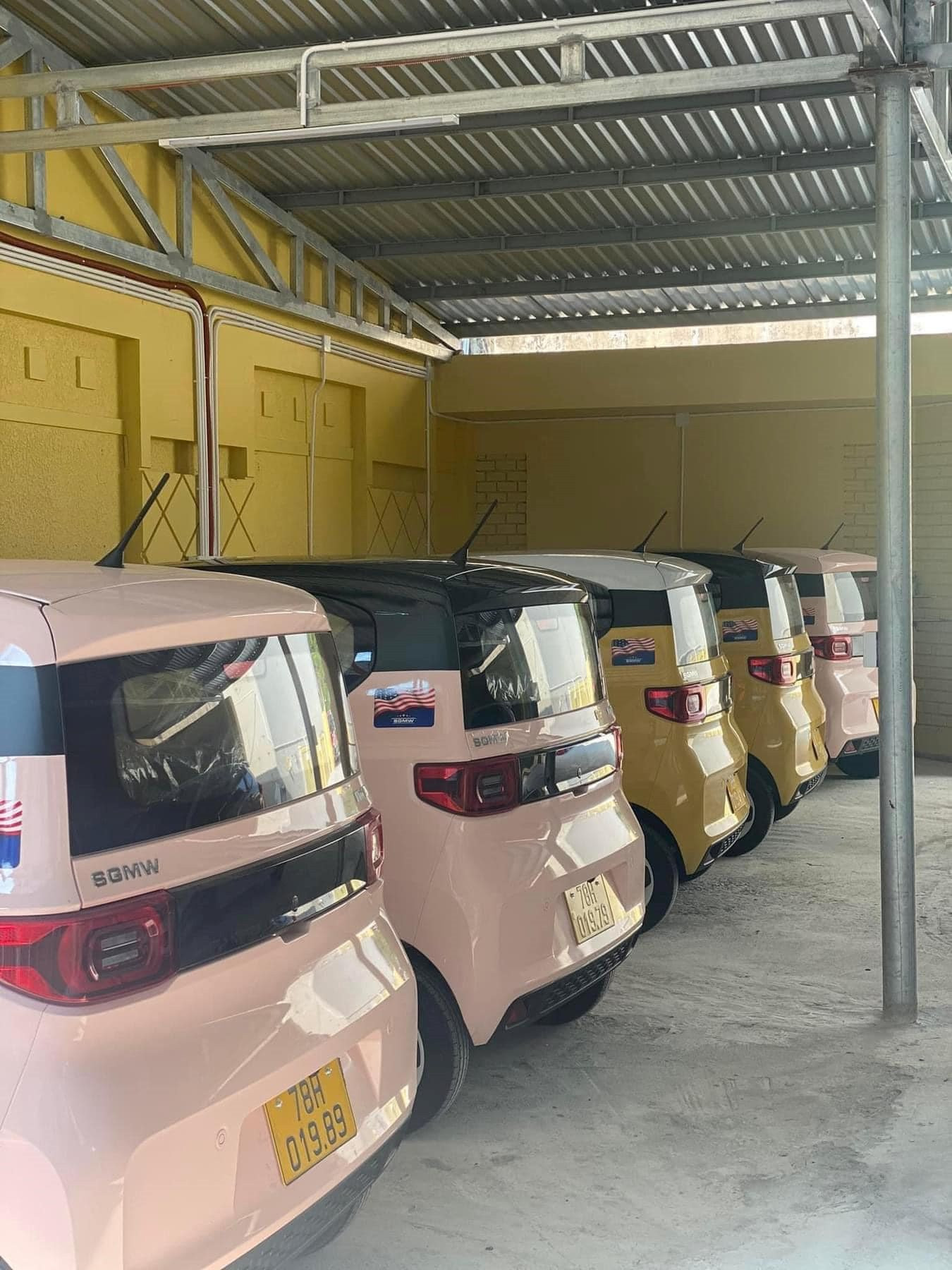
Over the past weekend, images of Wuling Mini EV – the cheapest electric minicar currently available in the Vietnamese market – with taxi signage in Phu Yen have attracted significant attention from car enthusiasts.
According to initial research, a transportation service enterprise in Phu Yen has included this car model in its taxi service. The company has also recruited drivers, accountants, and call center staff since mid-April 2024 to support this electric taxi operation.
Consequently, two contrasting opinions have emerged on social media regarding the suitability of using the Wuling Mini EV as a taxi.
Suitability or Unsuitability
The Wuling Mini EV was originally designed as a “grocery getter” for urban areas, with advantages such as its compact design, low price, and use of household electricity for home charging. The car’s range on a single charge is 120 km for the 9.6 kWh battery version and 170 km for the 13.9 kWh battery version.
Meanwhile, TMT Motors, the assembler of this car model in Vietnam, positions it as a replacement for motorbikes in Vietnam with lower daily operating costs than gasoline-powered motorbikes.
Due to these characteristics, many argue that using the Wuling Mini EV as a taxi is not suitable.
Firstly, the car’s range is too short at only about 100 km on a single charge. When the battery runs out, the car cannot be quickly charged at public stations because it lacks fast-charging capability and compatible charging ports. This means that drivers must return the car home and charge it for at least 6 hours before it can be used again.
The short range and long charging time are significant drawbacks for taxi operations, which prioritize minimizing travel time throughout the day.

Another concern is that while there are no specific regulations prohibiting this car from entering highways, its small size and maximum speed of only 100 km/h limit its highway performance, making it difficult for intercity travel – a typical requirement for taxis.
Furthermore, the small design means that the car cannot carry much luggage for passengers.
Despite these concerns, there are also opinions in support of this bold move.
Some argue that using the Wuling Mini EV for long-distance taxi services is certainly not suitable, but it may be quite appropriate for short trips within a province, especially one with a small area like Phu Yen . It is said that the above-mentioned taxi brand already has another taxi fleet and will only use these cars for inner-city trips or to cater to customers seeking new experiences.
Others suggest that using the Wuling Mini EV as a more expensive alternative to motorbike taxis is suitable because it provides shelter from the sun and rain, while not requiring extensive travel – around 100 km/day.
Another solution considered by the online community is to use the Wuling Mini EV for self-driving rentals , allowing customers to have a means of transportation to explore tourist spots within the province for a cost of around 600,000 VND/day.

In practice, GSM – Vietnam’s first electric taxi company – has demonstrated that using electric vehicles as taxis is entirely feasible. However, the car models used by GSM are the VF5 Plus and VF e34, which have a range of around 300 km on a single charge and are supported by a network of charging stations covering almost all provinces and cities in Vietnam.
With a “unique” car model like the Wuling Mini EV, its use as a service vehicle may introduce various unexpected and unprecedented factors. Therefore, only when it officially goes into operation and its實際 performance is evaluated, can one conclude whether it is effective or suitable.
If successful, this could be a solution to boost sales for TMT Motors, which has faced considerable challenges in bringing the Mini EV to market. By the end of 2023, the company had only delivered 591 cars to customers, less than 1/10 of its initial plan.





































